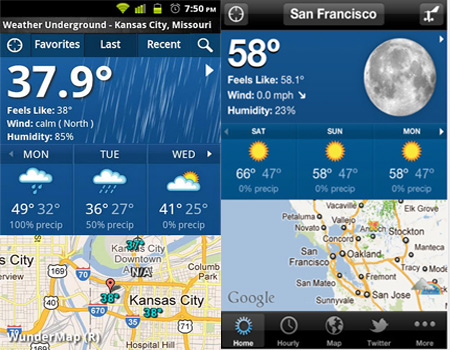
If you're in California (which is Pacific Coastal Time) and the UTC issue time is "1345Z" (or 1:45 p.m.), then you know that the map was constructed at 5:45 a.m. If you're new to Z time, using a conversion chart (like the one shown above) will help you easily convert between it and your local time. Known as Zulu or Z time, this figure is included on a weather map so that all meteorological weather observations (taken at different locations and therefore, in different time zones) can be reported at the same standardized times no matter what the local time might be. It tells you when the weather map was created and also the time when the weather data in the map is valid.



One of the first coded pieces of data you might notice on a weather map is a 4-digit number followed by the letters "Z" or "UTC." Usually found at the map's top or bottom corner, this string of numbers and letters is a timestamp.


 0 kommentar(er)
0 kommentar(er)
